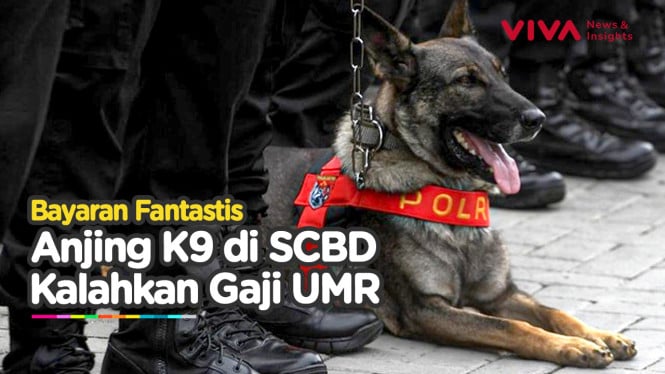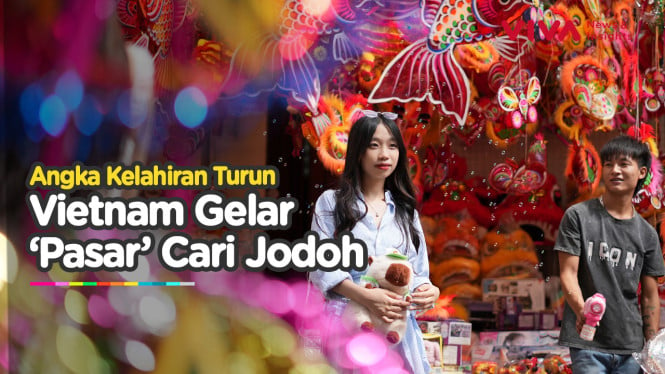Get to Know Kebo-keboan, Traditional Ceremony in Banyuwangi
- U-Report
VIVA – Indonesia has a lot of unusual traditions that spread around Indonesian regions. One of them is the traditional Kebo-keboan ceremony. This tradition comes from Banyuwangi. The traditional kebo-keboan ceremony has purpose as a form of gratitude to God for the abundant harvest.
This tradition has been going on for a long time and still survives today. This ceremony usually done at the beginning of the month Suro, the Javanese calendar. The name Kebo-keboan or artificial buffalo in Indonesian meaning.
Buffalo was chosen as a symbol for this traditional ceremony because buffalo are closely related to farmer activities or rice fields. Uniquely, the one who plays as the buffalo role is a human, not a real animal.
Although Kebo-keboan only held once a year but many interesting facts about it. Well, here's all about Kebo-keboan as a traditional ceremony in Banyuwangi.
1. Start from a Disease Outbreak
Kebo Keboan Alas Malang
- Antara/Budi Candra Setya
The existence of the Kebo Keboan Tradition in Alas Malang Village began with the pagebluk disease outbreak (a dangerous disease outbreak caused by spiritual forces). In the past, many people got diseases and farmers' rice plants were also attacked by pests.
After that, many people who died. Seeing the situation, the village elder was doing meditation on a hill. From her thoughts, she advised the people to hold a village thanksgiving ceremony with the traditional Kebo-keboan ceremony.
Then, the people held this tradition, and the disease was disappeared. Since then, the Kebo-Keboan tradition has passed down from generation to generation.
2. Buffalo Role is played by Farmers and Local People
Kebo Keboan Alas Malang
- Antara/Budi Candra Setya
Even though, it is called Kebo-keboan, this tradition does not use buffalo, but use an imitation buffalo that’s played by farmers or local people. The number of Kebo-keboans in this tradition is approximately 18 people. The person who plays this buffalo will act like a buffalo who is in the fields with farmers.
3. Buffalo Makeup Made from Charcoal and Oil
Ritual Kebo-keboan
- http://www.majalah-gempur.com
Someone who elected to become a buffalo man in this ceremony should be dressed to resemble buffalo (Kebo), which was given horns and black color made from charcoal and oil throughout the body. It symbolizes that the buffalo is a powerful beast and become the foundation of the local people who are farmers.
4. Serving Food for the Tradition of Kebo-keboan
In the Kebo-keboan tradition, there are also several food offerings. This serving dish is not specially prepared to have any meaning in it.
The number of servings provided has a meaning, namely 12 tumpeng managing 12 months in a year, 7 servings of Jenang Suro managing 7 days in a week and five servings of sengkolo jenang as a symbol of market day in the Javanese calendar. All of these presentations illustrate the philosophy of the dimension of time in the cycle of human life.































